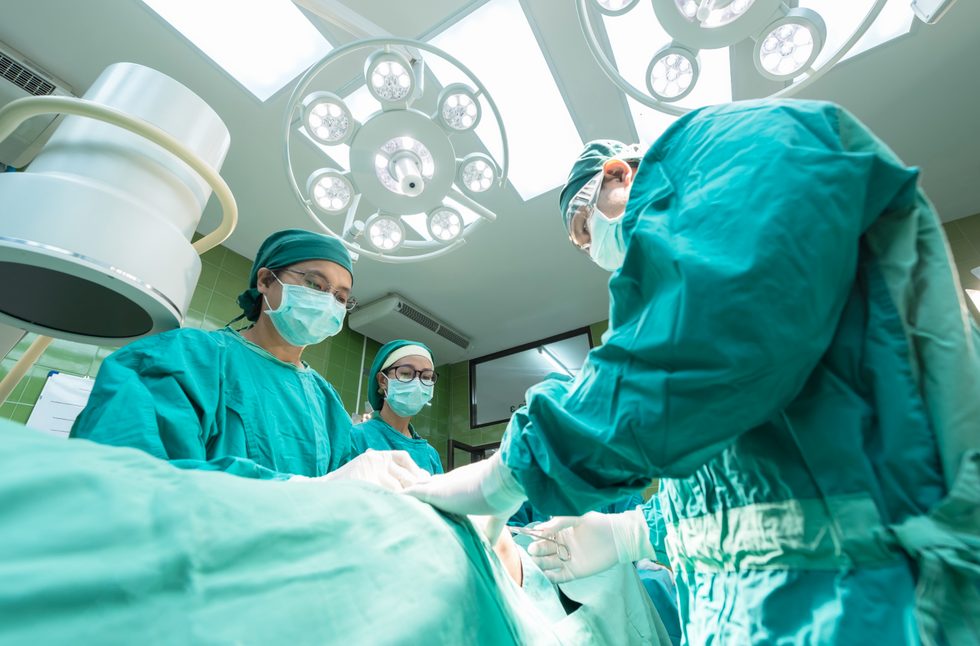Snap! You blow your knee out. Season over right? The options used to be so few. But not anymore.
An ACL tear is devastating to an athlete. The Anterior Crucial Ligament is what provides the main stability to the knee. The injury is incredibly painful, but the lengthy recovery time is even worse. The go-to treatment plan is reconstruction of the ACL using either a cadaver, or the patient's patella tendon or hamstring as a graft. This involves the patient going under the knife for an invasive and tedious surgery.
However, the biggest downside of reconstruction is the time away from sports as well as the inability to guarantee an athlete's ability to be 100% again. The common belief is that ligaments such as the ACL cannot and will not heal on their own. Twenty years ago repairing an ACL without surgery would have been both irrational and nonsensical. Recent MRI results, though, have revealed that this is not an absolute trend when ligaments are precisely injected with stem cells.
Surgery to replace a torn ACL not only leads to a lengthy recovery time, it can cause arthritis in young adults by the time they're 30 years old. This is because the graft is placed at a much steeper angle than the original ACL, which causes overall more compression of the cartilage within the knee joint. The best case scenario is to heal the torn ACL in place, without an invasive surgery. Regenexx has developed a patented stem cell procedure that does just that.
Stem cells are from your own body that can renew themselves and turn into other cells. They're essentially the mechanics at the car shop. They exist in various tissues and are ready to repair damage whenever it occurs. Regenexx stem cell procedures takes stem cells from areas of high concentration and then injects them into the damaged area, allowing for natural healing.
Not only have stem cell procedures been used to repair ACLs, a doctor by the name of Dr. Joseph Purita, has claimed to have healed a pitcher's ulnar collateral ligament tear, a devastating elbow injury that usually requires so-called Tommy John surgery and a one-year recovery period. Purita claimed that his patient was back pitching in 6-7 weeks.
A less invasive procedure means a quicker recovery time, which also means less atrophy of the muscles. However, there still exists a lack of definitive evidence that stem cell procedures provide strong structural integrity, and some procedures still require lengthy recovery as well as possible additional rounds of stem cell injection. Still, the recovery time (depending on severity of injury) is 6-12 weeks with stem cell procedure, which is a fraction of the 6-9 month recovery time of ACL reconstruction.
Sports medicine is shifting to a less invasive approach. We want to fix everything with steel, but sometimes that's not the best option. Surgery is now becoming, not the best option.



















